In the early 1990s, Argentina has made a record of 12 films released in 1990, 17 in 1991, and 13 in 1993. As time passed by, the filmmakers worked hard and with their innovative vision and grit increased the production and viewership of their cinema both in the domestic and global circuit. Luis Puenzo’s The Official Story was the first Argentinian film to win the Best Foreign Language film award at the 58th Academy Awards. At the 82nd Academy Awards, the Argentine film, The Secret in Their Eyes (El Secreto de sus Ojos, 2009) won the Academy Award for Best Foreign Language Film. And in the year 2015, Hollywood remade the film with the same title. We can see the fingerprints of this mixed clan of the contemporary and creative filmmaker as a constant source of amazing films in a wide variety of genres.
Thanks largely to filmmakers like Lucrecia Martel, Pablo Trapero, and other innovative auteurs, Argentine cinema continues to cross borders and gain fans internationally. And it is worth it to viewers to seek them out and expose themselves to this new culture of film. How the system of perceptual patterns and viewing situation varies with conditions of reception from one culture to another, or how changes in the rules of the grammar affect spectator viewing habits is part of a larger question that solidifies and confirms the issue of cultural relativism and identity. These filmmakers have resurrected the nation’s cinema on the international art-house scene, winning an array of awards in the process.
Some of the key features include lean narratives, measured storytelling, and unique and unconventional concepts for their film with protagonists, who are often ordinary people dealing with daily routines. Themes include nostalgia for the homeland or the past, displacement, and alienation, amongst others. All these directors’ through their artistic accomplishments have testified to the current strength of the thriving Argentine film scene. They have made names for themselves with a series of decent-budget films that thrive as an exquisite and ceaseless engagement, which is formally inventive, historical, literary, and cultural.
Here are 10 Essential Argentinian Films from the last decade
1. Carancho (2010)
Directed by one of the most popular and niche filmmakers of Argentina, Pablo Trapero’s Carancho is a crime drama involving the scams around car crashes and insurance in Argentina. The film stars internationally popular actor Ricardo Darín.
The level of depth in the film is simply fascinating considering how genre films of this ilk usually separate emotion and violence, ignoring how one organically affects the other. Yet the film handles movement, angle, and timing with the same nuanced precision as its complex characterizations and subtext. The narrative of the film is drawn by the subtle performances of the primary cast. It captures people who don’t talk much but reacts. Their action defines their character.
Having these characters actively react to their situation makes them dangerous, but it reflects their pure-heartedness, and give them romantic & enigmatic texture. Their characters become an emotional expression more than anything else. The subtlety in action and violence are not mechanical, it helps the viewers to be emotionally invested in the milieu of the film. The film was the selected at Un Certain Regard section of the 2010 Cannes Film Festival and was the Argentine entry for the Best Foreign Language Film at the 83rd Academy Awards.
Similar to Argentinian Films – “A FANTASTIC WOMAN” AND THE FOREIGN LANGUAGE OF LOVE
2. Las Acacias (2011)
Pablo Giorgelli’s directorial debut having the length of 96 minutes, the film moves with unforced and unhurried speed like a leaf on a stream. Nothing, or almost nothing, is dramatically underlined or shoved under the audience’s throat for inspection.
The premise of the film can be as simple as it could: Ruben is a middle-aged truck driver who travels with a Paraguayan woman and her infant, from Paraguay to Buenos Aires. And what happens mid-way is the journey of quiet and exacting humaneness infused with the moments of emotional depth and thematic complexity that rewards repeat viewings.
The film, in its final moment, reflects our own experiences onto us not because the ending’s emotional weight carries such an immense impact, but because we know that we might have experienced what these characters have gone through, and didn’t know how to express it.
The film deservedly won the Caméra d’Or at the 2011 Cannes Film Festival, along with the ACID and Young Critics Award. The Argentinean Film Critics Association Awards showered the film with Silver Condor for Best Film and Editing, 2012. The film also won the Grand Prix and FIPRESCI Prize at Bratislava International Film Festival, 2012.
Similar to Argentinian Films – TIGRE [2017]: ‘TIFF’ REVIEW
3. Clandestine Childhood (Infancia clandestina, 2011)
Benjamín Ávila’s debut is set during the tumultuous phase of the ‘Dirty War’ in Argentina. The film depicts the narrative through the eyes of a pre-teen boy, Juan (Teo Gutiérrez Moreno) who must assume a false identity to assure his safety.
The narrative suggests that the horrors of war were the ultimate unassimilable experience of the shadowy depths of the human mind. At times, the film is relentlessly grim, deeply disturbing, and filled with placid moments. But none the less, the film is a necessary reminder of one of the darkest chapters in human history. Despite the cruel subject at hand, the film manages to be both poetic and realistic, and that’s a supreme accomplishment on the part of the director. It’s impossible to be unaffected by watching the ongoing emotional scarring of a person, especially one so young, and Juan lives up the task by delivering a convincing performance.
By the film’s end, he’s been rendered nearly speechless by all he’s seen – a reaction that audiences will easily understand, if not briefly share. The film is inspired by real-life events that Benjamín has encountered during his childhood. The film was screened at Cannes Film Festival (Directors’ Fortnight), 2012, and was the Argentine entry for the Best Foreign Language Film at the 85th Academy Awards.
4. Chinese Take-Away (Un cuento chino, 2011)
One of the highest-grossing Argentine films in the domestic market, Sebastián Borensztein’s comedy film narrates a chance encounter between the protagonist Roberto (Ricardo Darín) and the Chinese-origin Jun (Ignacio Huang) on the streets of Buenos Aires.
Jun is looking for his lost uncle and has been attacked by two unfriendly guys and he is wandering in the city like a lost soul. What happens next is a deeply emotional tale with complex issues dipping down into the narrative to give the viewers a taste of some actual substance.
The film is well acted, fiercely and instantly absorbing, and a tragicomic account of two individuals from polar opposite backgrounds having wildly contrasting personalities get thrown together under unusual circumstances. At the Argentine Academy of Cinematography Arts and Sciences Awards, in 2011, the film has won awards in the following categories: Best Film, Best Actor, and Best Supporting Actress.
Related to Argentinian Films – Rojo [2019] Review – A Bleak Tale of Blood and Hate
5. Jauja (2014)
Lisandro Alonso is amongst one of the most popular Argentine filmmakers who has carved a niche for himself with his idiosyncratic vision expressed through films like Los Muertos (2004), Liverpool (2008) amongst others. Jauja is his first-period film set in 1880s Argentina, starring internationally acclaimed actor Viggo Mortensen who plays the role of Danish Captain Gunnar Dinesen, accompanied by his teen daughter, Ingeborg (Viilbjørk Malling Agger), in his journey across Patagonia.
The actors inhabit their roles with total conviction, and the film visually recreates the sense of time and space. This is a measuredly paced original work, with gorgeous cinematography by Timo Salminen evoking a landscape of the mind and achieves something of greatness. It’s also a movie about getting lost in the unknown, about encountering the terror and vastness of the mysterious space.
Lisandro’s vision is always fascinated by the way the real world collides with human nature and he has crafted a haunting dream of a movie to get lost in. The film is excruciating in the best possible sense, adopting a pace that’s entirely appropriate to the endless expanse, but suffused with suspicion and dread every step of the way. It also revels meaningfully in period detail, not just for authenticity’s sake, but also as a way of conveying the physical hardships of a challenging landscape. The film was selected at the Un Certain Regard section at the 2014 Cannes Film Festival, where it won the FIPRESCI Prize.
6. Wild Tales (Relatos salvajes, 2014)
Damián Szifron’s anthology film comprising of six standalone shorts can be considered as one of the widely watch and most popular Argentinian films of the last decade. Two doyens of the world cinema – Agustín Almodóvar and Pedro Almodóvar – were the co-producers of the film and the Academy Award-winning composer Gustavo Santaolalla scored the background music for the film.
Each segment in the film is quite powerful in its own right. The power doesn’t come from what it depicts, but from the depths of the human heart that it strips bare. Several scenes of revelation follow, providing a context and giving them a deeper meaning in which the action, however violent, makes a statement and has a purpose. It can be rightfully considered as a commercial genre film with a hypnotic, obsessive quality that deals with how love is joined with salvation, acceptance, forgiveness, and the possibility of redemption amongst other thematic concerns.
Related to Argentinian Films – 13 Incredible Foreign Films streaming on Amazon Prime
Some of the major awards that the film has won are the BAFTA Award for Best Film Not in the English Language, United Kingdom, 2016, and the Goya Award for Best Spanish Language Foreign Film, Spain, 2014. It was also nominated for the Academy Award for Best Foreign Language Film at the 87th Academy Awards, and the Palme d’Or at the 2014 Cannes Film Festival.
Stream it on Prime Video
7. Incident Light (La luz incidente, 2015)
Shot in black and white, Ariel Rotter’s third feature film is a period drama that narrates the plight of a young mother, Luisa (Erica Rivas) who faces difficulties in raising her twin daughters after the untimely demise of her husband. On a particular evening, Luisa had a chance to encounter the charming Ernesto, who falls for the charm of the young widow. But she finds it difficult to reciprocate the feelings of the suitor who is older than her. She is much concerned about the welfare of her two young daughters and also the fact that she is still grieving over her deceased husband. Such reality of her situation puts her in turmoil.
The film had its world premiere at the Toronto International Film Festival, 2015. At the Academy of Motion Picture Arts and Sciences of Argentina, 2016, the film had won awards in the following categories: Best Film, Best Director, Best Cinematographer, and Best Art Direction.
8. The Clan (El Clan, 2015)
Pablo Trapero navigates into the criminal lives of the family members of the Puccio family residing in Buenos Aires in the 1980s. The family is headed by Arquímedes Puccio,(Guillermo Francella) who involves the other members of the family in kidnapping and extortion.
El Clan also highlights the nexus between criminals and politicians even after the fall of the regime of Jorge Rafael Videla. The film was screened in the main competition section of the 72nd Venice International Film Festival, where director Pablo Trapero won the Silver Lion. It also won the Best Spanish Language Foreign Film at the 30th Goya Awards. The film was selected as the Argentine entry for the Best Foreign Language Film at the 88th Academy Awards.
9. Zama (2017)
One of the pioneers of world cinema who is responsible to catapult the aesthetics of Argentinian cinema to an international level, Lucrecia Martel, returns to filmmaking after nine years. His fourth feature film is a period drama, set in the 18th century, and adapted from the eponymous novel by Antonio di Benedetto.
The narrative unfolds in a South American remote colony. An officer serving under the Spanish crown, Don Diego de Zama (Daniel Giménez Cacho), who is waiting for a long time to return to his home and a posting to a reputed region. The governor even though promises him with a hopeful assurance but a year passes and nothing fruitful happens. As a result the normalcy of the protagonist soon takes a devious turn. Factors such as bureaucracy and humiliations are responsible for the unfortunate plight of the officer.
The film premiered at the 74th Venice International Film Festival and was also screened at Toronto International Film Festival, 2017. It was also the national entry of Argentina for the Best Foreign Language Film at the 90th Academy Awards.
Related to Argentinian Films list – The 20 Best Female Filmmakers of all time
10. The Flower (La Flor, 2018)
The narrative is structured in six chapters and the director Mariano Llinás frequently appears on the screen to explain how these chapters are connected. As a deliberate part of a narrative approach that favors long takes and almost imperceptibly slow tracking shots over whiplash editing as a way of illustrating the slow and sometimes monotonous rhythms of daily existence. Despite that, with a running time of 808 minutes, the results, although uneven, are undeniably fascinating even as they challenge the viewer’s stamina.
La Flor premiered at the Buenos Aires International Festival of Independent Cinema, 2018. At the Argentinian Film Critics Association Awards 2019, the film had won the award for Best Original Screenplay and also the Hubert Bals Fund Lions Film Award at Rotterdam International Film Festival 2019.

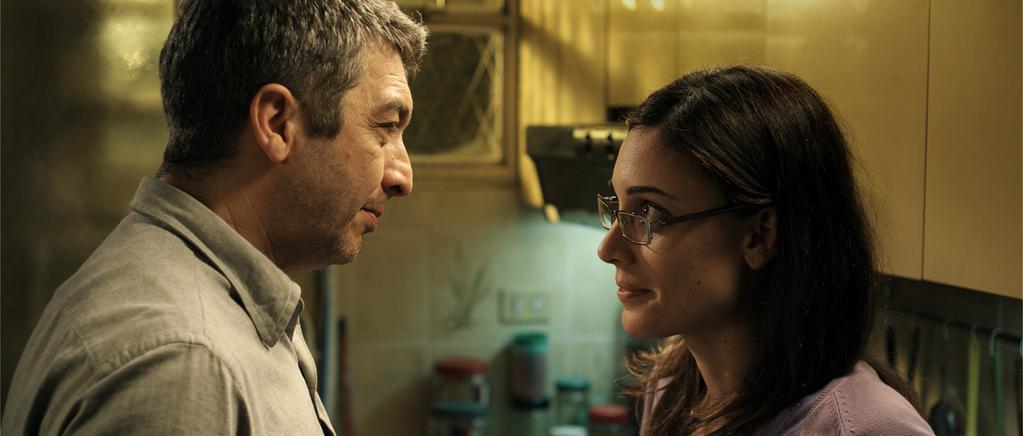
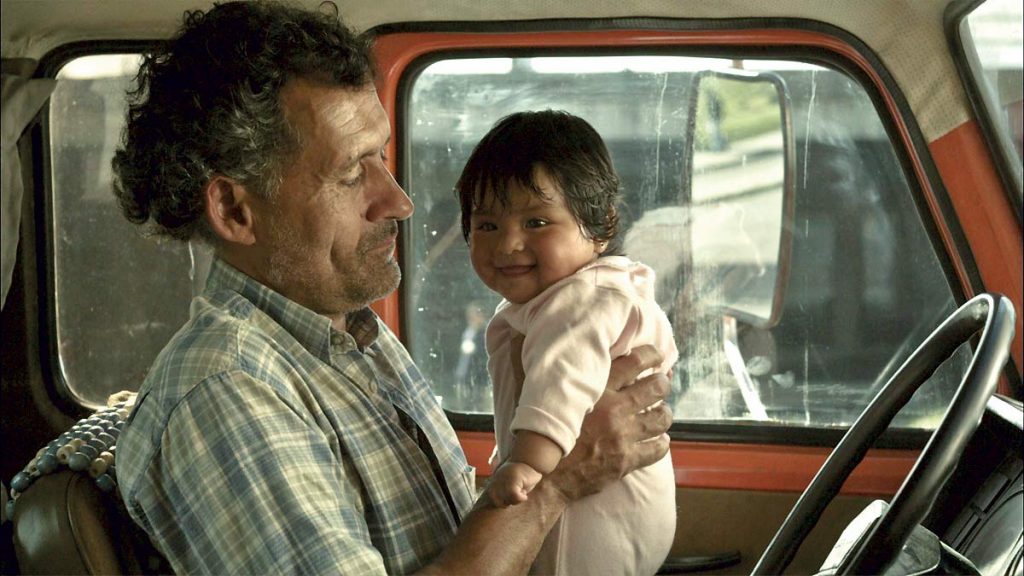
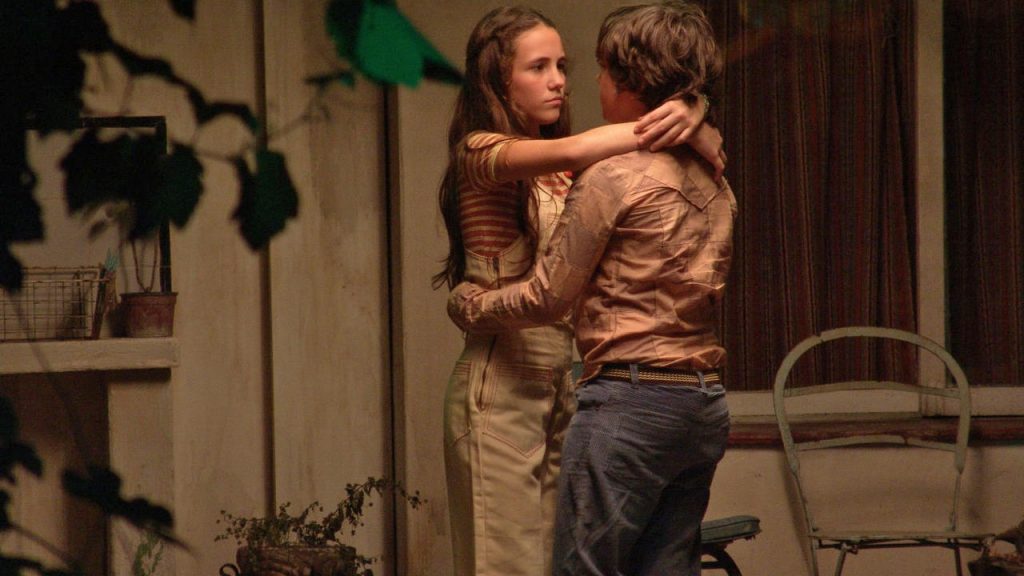
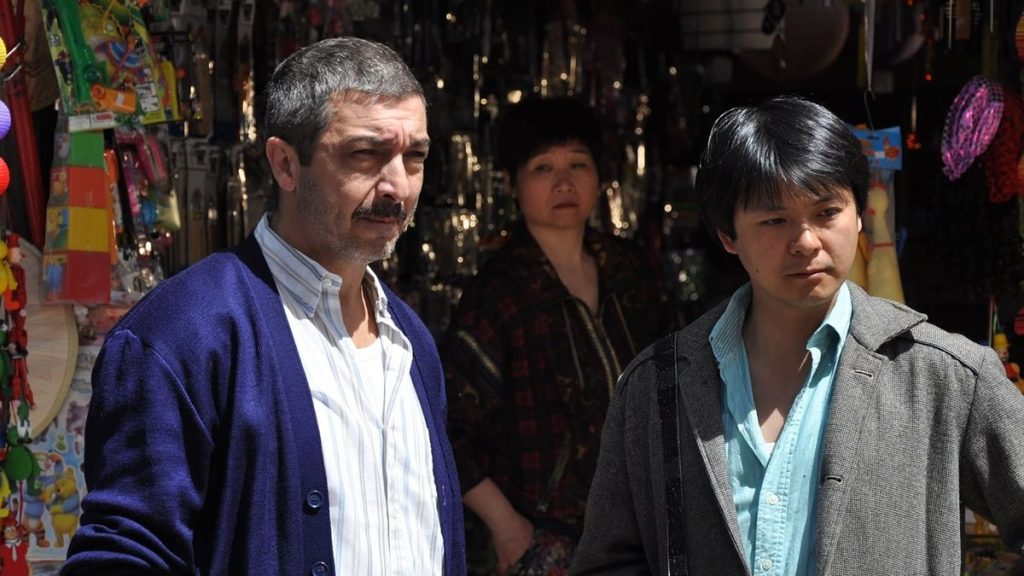
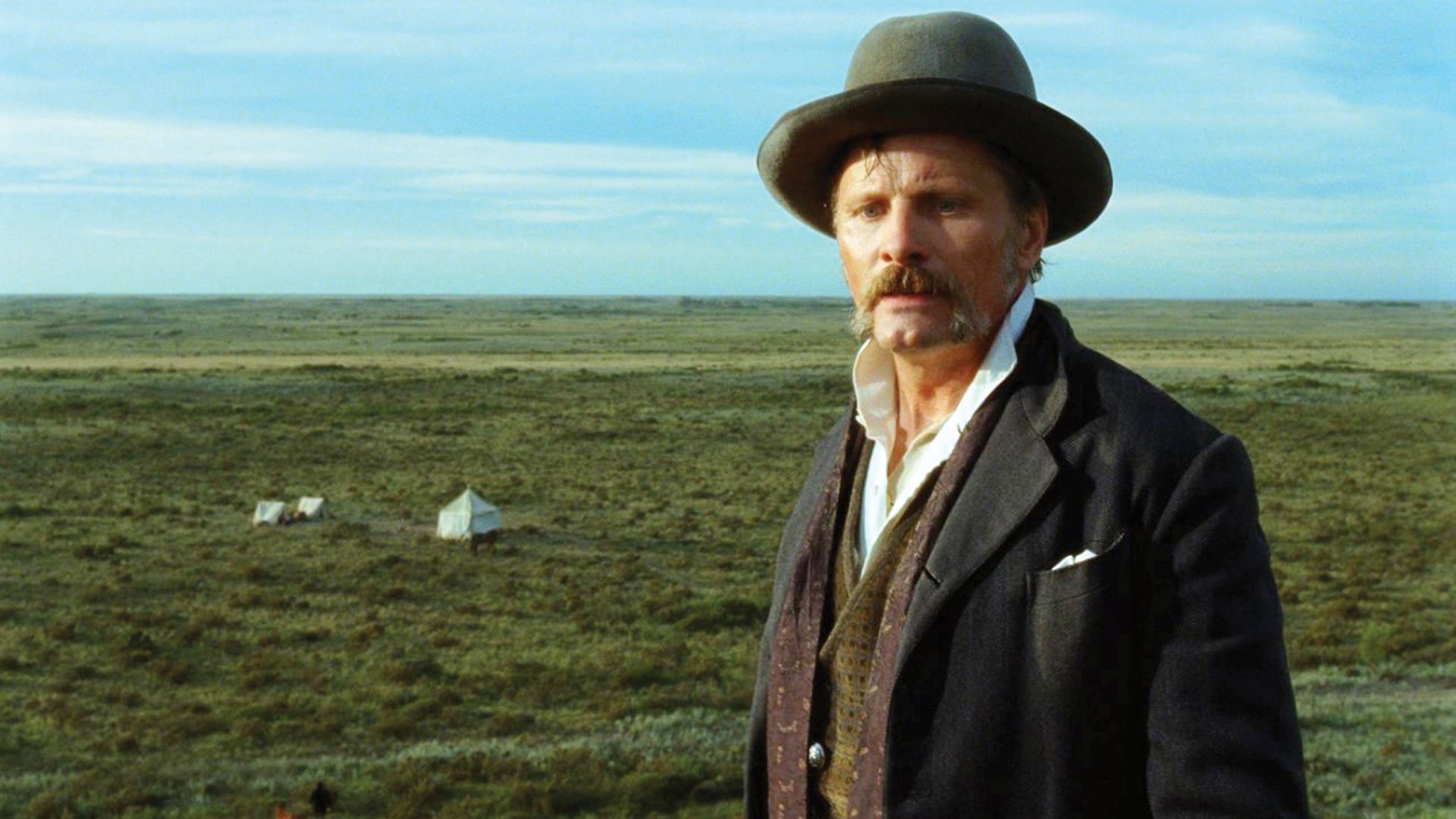

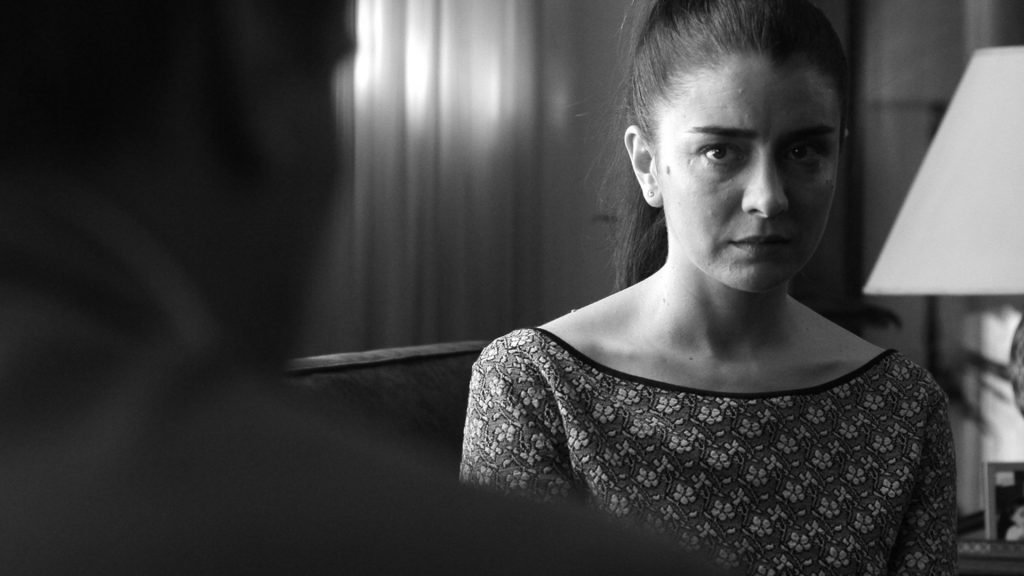
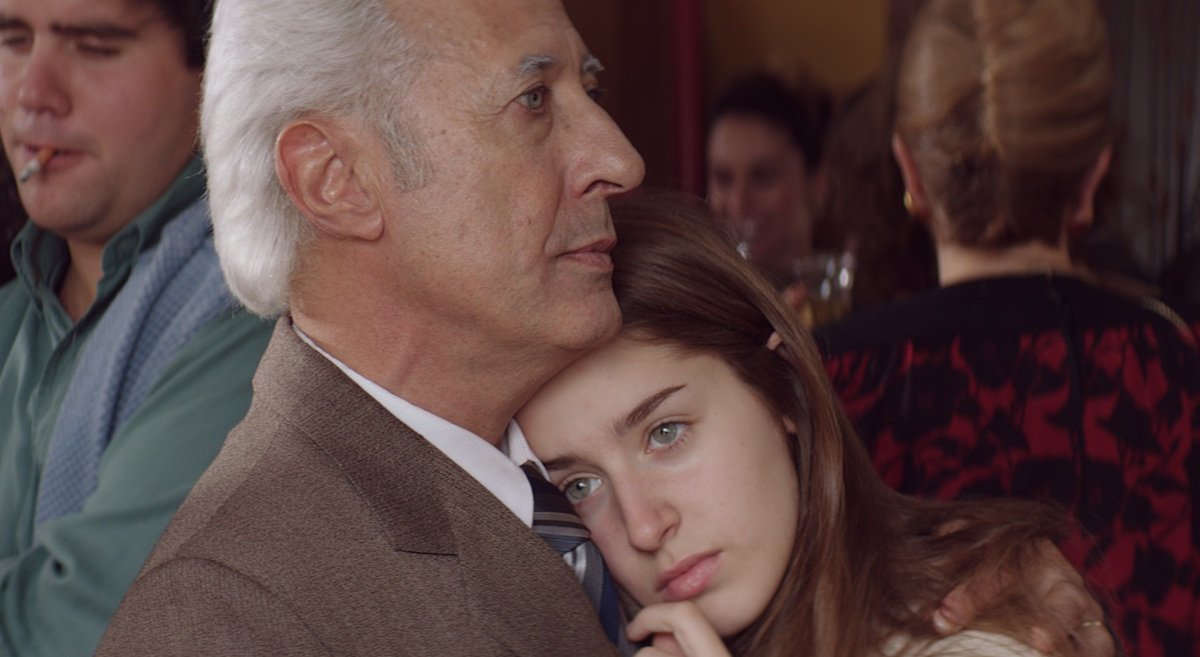
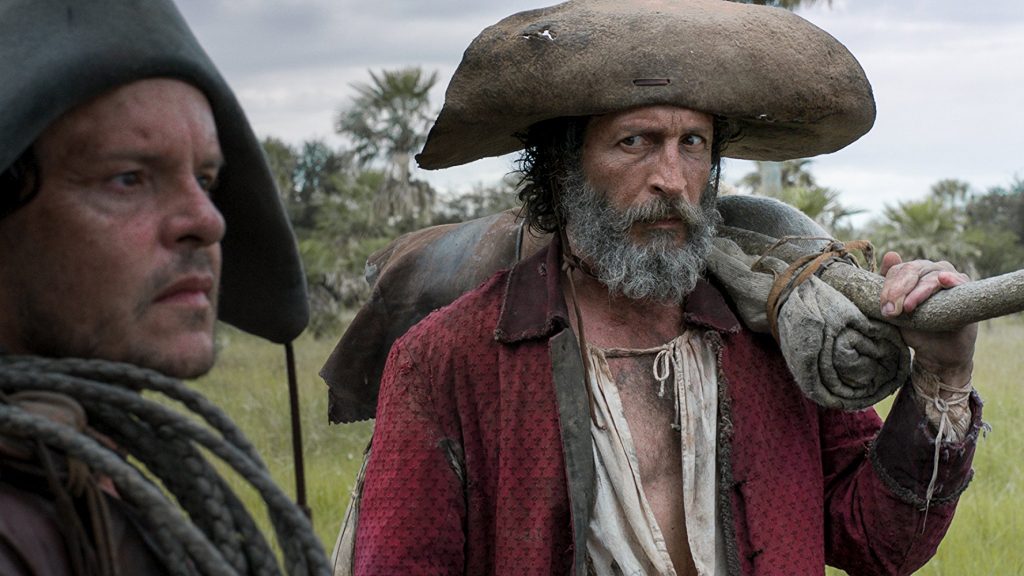
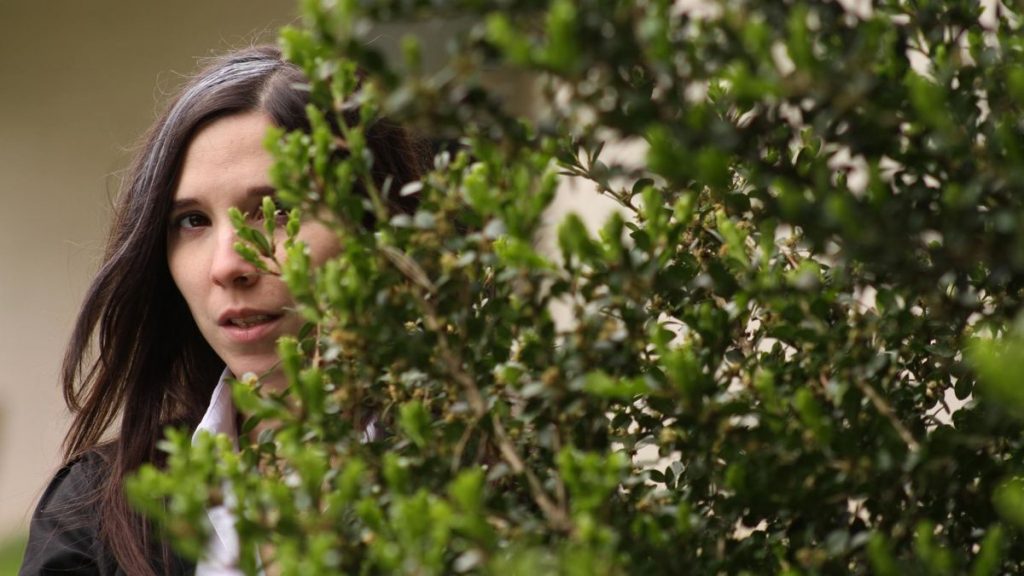
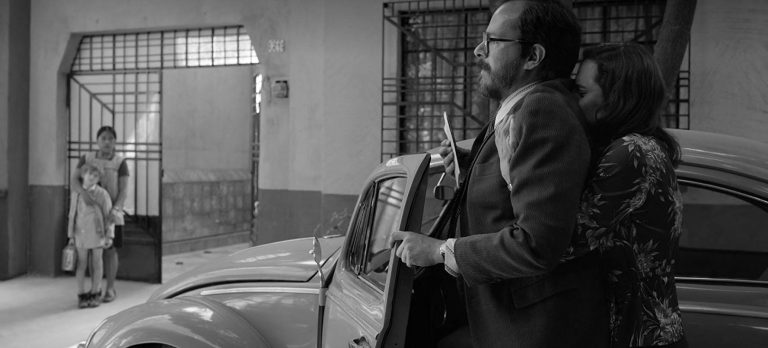
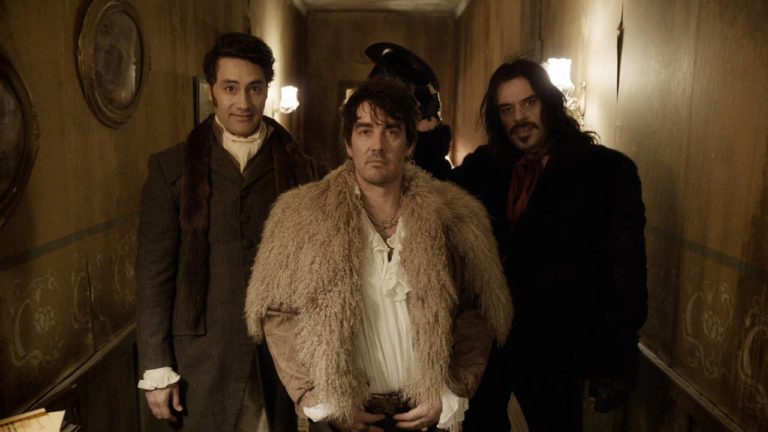
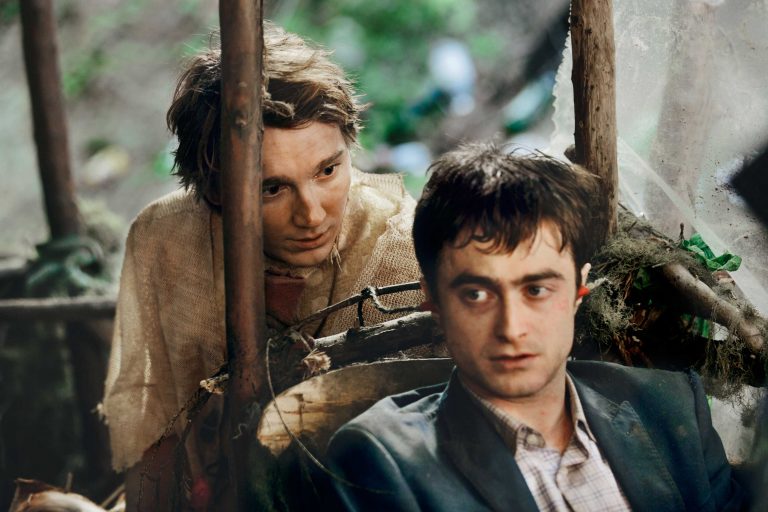
![Haider [2014]: In the land of Blood, Snow and Chutzpah](https://79468c92.delivery.rocketcdn.me/wp-content/uploads/2017/01/25383032_1769537989731598_931009824_o-768x326.jpg)

